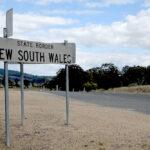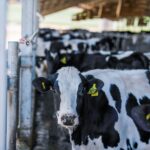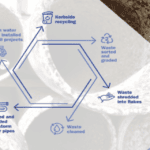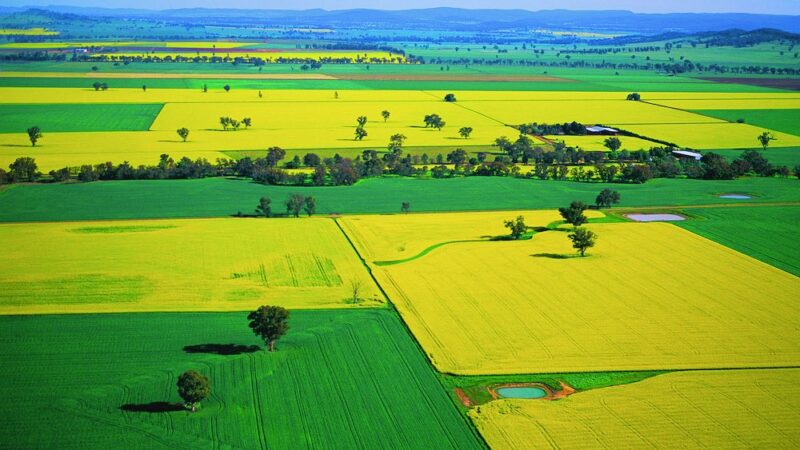NSW Farmers has welcomed a NSW government policy change which allows seasonal farm workers who…
Wild dog fence extension welcomed
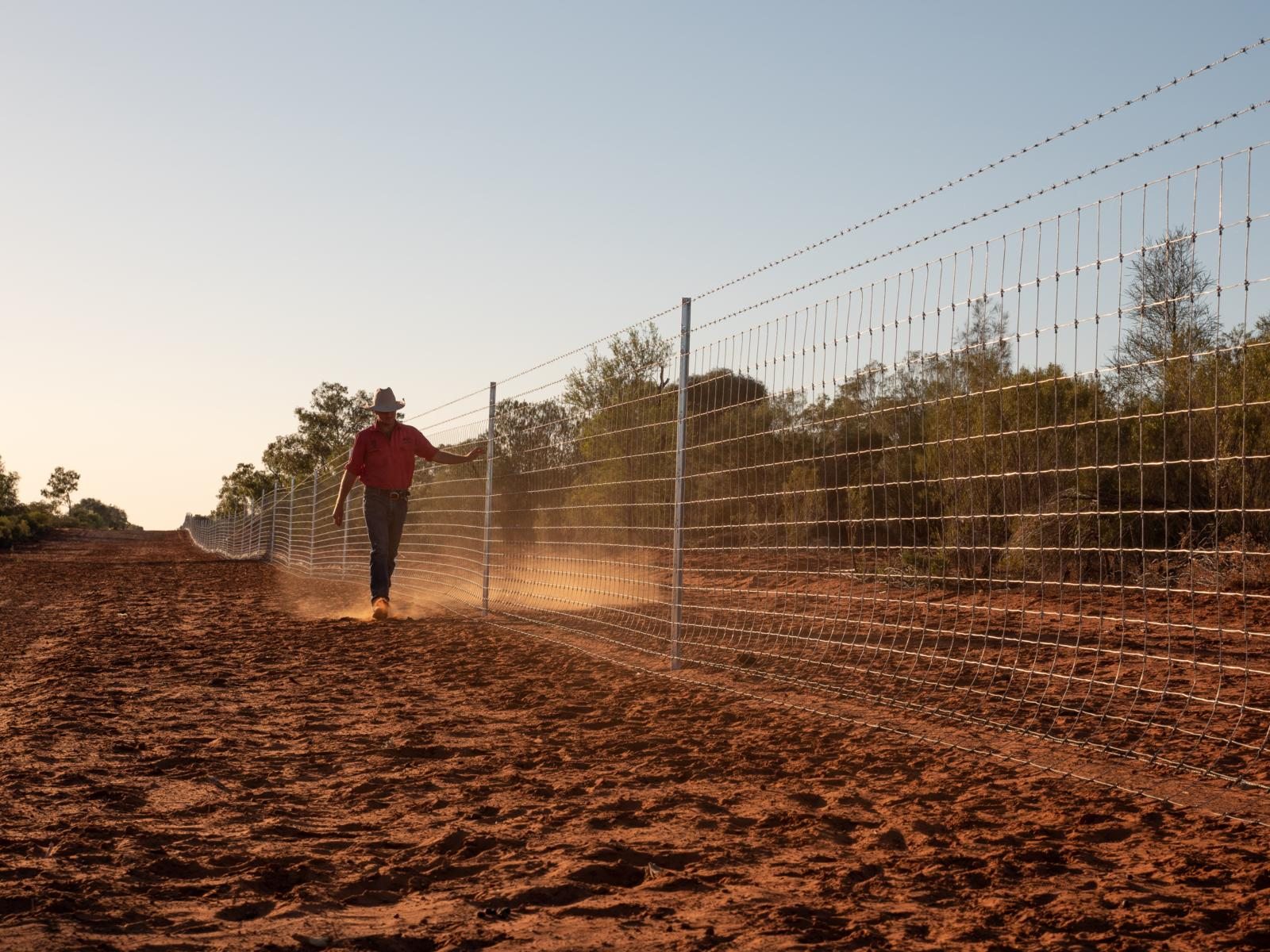
Work to extend a wild dog fence along the NSW border between Queensland and South Australia has begun with the final 742 kilometre stretch of fence to provide a key defence towards protecting valuable livestock. Once completed in June 2022 the fence will be the longest of its type in the world.
The first sod of dirt was turned in the $37.5 million project at Hungerford last week with NSW Deputy Premier John Barilaro and NSW Agriculture Minister Adam Marshall in attendance.
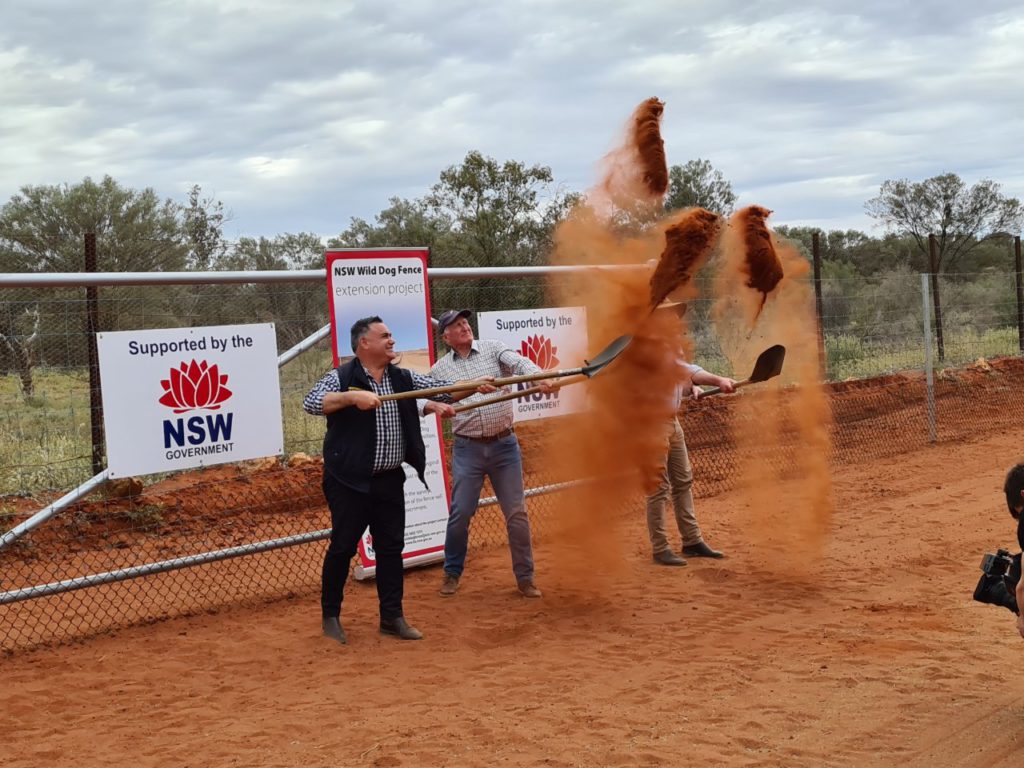
The project will mean the fence, once completed, will stretch from the Murray River in the south, north to Camerons Corner and east to Mungindi.
NSW Government spokesman Rod Campbell told The Muster the fence will be made from 15/150/15 exclusion wire. The fence will be 1800mm high with 900mm plastic coated chain wire buried to a 300mm deep and overlapping the 15/150/15 by 300mm.
Mr Campbell confirmed heavy duty steel posts will be placed every five metres.
A range of contractors will be used to build the fence and the project will be tendered in sections, some of which are yet to be determined, he said.
Once the fence is completed, it will be taken over by the Boarder Fence Maintenance Board for ongoing maintenance needs.
NSW Farmers advocated strongly for the fence extension in the lead-up to the 2019 state election and was thrilled to see the election promise delivered on by the government.
“For graziers, every ewe, ram or lamb lost due to a wild dog attack is devastating.
“At a broader level, wild dog attacks cause an estimated loss of $22 million to the local and state economies.”
NSW Farmers’ Western Division Council chair Greg Rogers
The fence currently covers 583 kilometres from Cameron Corner but ends long the South Australian border at Broughams Gate and on the NSW border at Hungerford.
Vital for the economy
Not only will the fence keep out predators, but it will also create jobs and once completed will continue to require maintenance work, especially in the harsh conditions of western NSW.
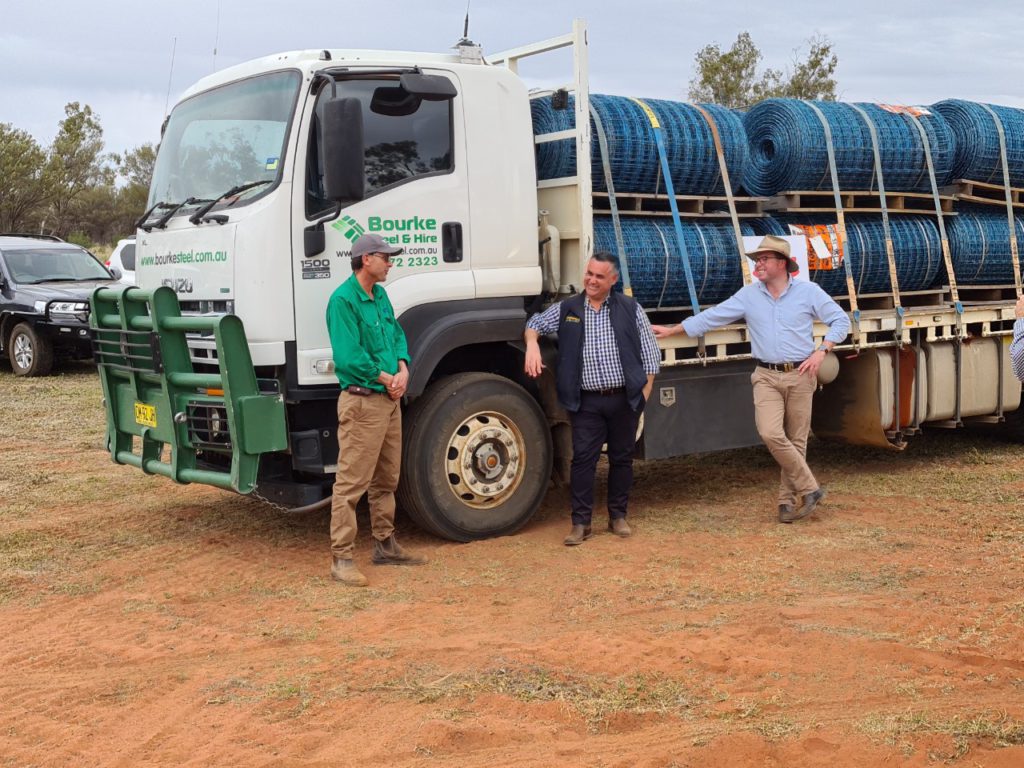
The work commencement has come at the perfect time for NSW as the economy works hard to get back on track following the downturn caused by COVID-19.
�It is pleasing to see the $37.5 million investment made in the extension project.
“It will benefit local job markets, initially through a surge in design, planning and construction jobs, and then through ongoing roles tied to infrastructure maintenance � which is needed in the harsh conditions of Western NSW.�
NSW Farmers’ Western Division Council chair Greg Rogers
Part of a broader strategy
But the fence is just one part of the solution for the problems associated with wild dogs.
A dog exclusion strategy which involves identifying and eradicating dogs also plays its role in NSW in limiting the costly impact of wild dogs on farms.
NSW Farmers’ Wild Dog Coordinator Bruce Duncan helps carry out this vital function.
�Understanding the behaviours of wild dogs in Western NSW through tracking and tagging will not only help identify where the attack risk is highest, it will build important data to help long term management and eradication across the state,” Rogers said.


